Do you wish to free yourself of the unnecessary complications of modern life? Do you aspire to meet your needs directly and sustainably, in tune with the natural rhythms of your landbase?
IMAGINE . . . living on ample acreage and implementing beautiful, subsistence-oriented designs that prioritize soil-building, biodiversity, and regeneration.
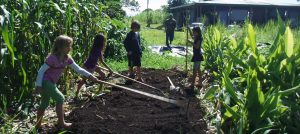
Because we see ourselves as part of the ecology, our decisions are informed by the principles of healthy ecosystems: when we live within the carrying-capacity of the land and give back more than we take, we perpetuate regeneration.
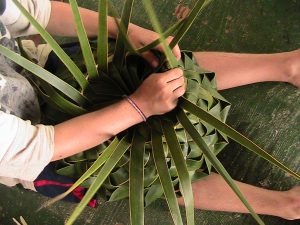
The beauty of this design is that it naturally guides us away from the destructive, polluting, and exploitative consequences of the industrial, capitalist model; ecological-living supports symbiosis between humans and the planet. As we shed our sense of entitlement and embrace Traditional Ecological Knowledge (TEK) we can create a higher quality of life that is also harmonious with the land. We might all enter this process at different stages of awareness and readiness; the point is to be on the same page about where we are headed.
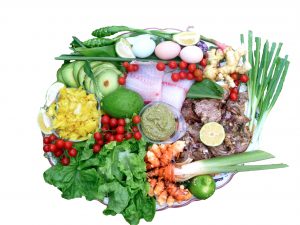
MOVING FOODWARD
Healthy, locally-grown food is the common ground on which many of us begin exploring subsistence living. Sitting down for a tasty, varied local meal—grown and prepared lovingly by people you know—is nourishing on multiple levels.
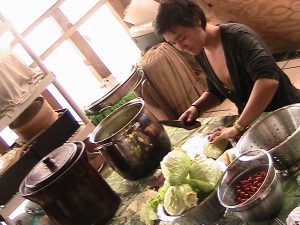
And you are what you eat. How many of us face disorders and diseases related to a toxic, nutrient-scarce, processed Standard American Diet? Add to this the nonrenewable resources needed to industrially farm, package, refrigerate, and transport foodstuffs in the modern era, and a clear picture emerges of how to plant the seeds of a better world.
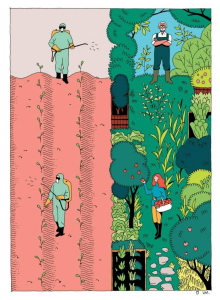
CLOTHING AND SHELTER
Beyond nourishment, what else about our lives can be simplified? What about clothing and shelter? Traditional/Indigenous communities made elegant use of natural fibers and materials to meet their comfort and security needs. Bamboo, mud-brick, pole, thatch, stone, cordage, and peg are just some of their building techniques. And flax, bark, wool, cotton, silk, leather, and fur have all been used for cloth. Can we learn, plant, and innovate to meet more of these needs locally?
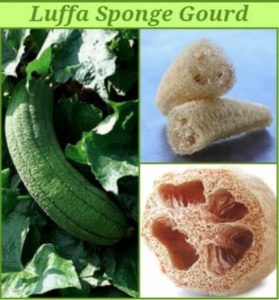 Ultimately, we must strive to re-imagine virtually every aspect of our lives. Take energy. Though our community probably won’t–in the early years–free itself of electricity, we can’t maintain the falsehood that any source of electricity is ‘renewable, green, sustainable, or clean.’ We embrace the design challenges required to minimize our industrial energy consumption by using gravity, passive solar, efficient biomass, human, and humane animal power to weave a scaled-down, yet comfortable, standard of living.
Ultimately, we must strive to re-imagine virtually every aspect of our lives. Take energy. Though our community probably won’t–in the early years–free itself of electricity, we can’t maintain the falsehood that any source of electricity is ‘renewable, green, sustainable, or clean.’ We embrace the design challenges required to minimize our industrial energy consumption by using gravity, passive solar, efficient biomass, human, and humane animal power to weave a scaled-down, yet comfortable, standard of living.
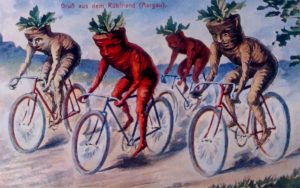
rev. 5/2/21
